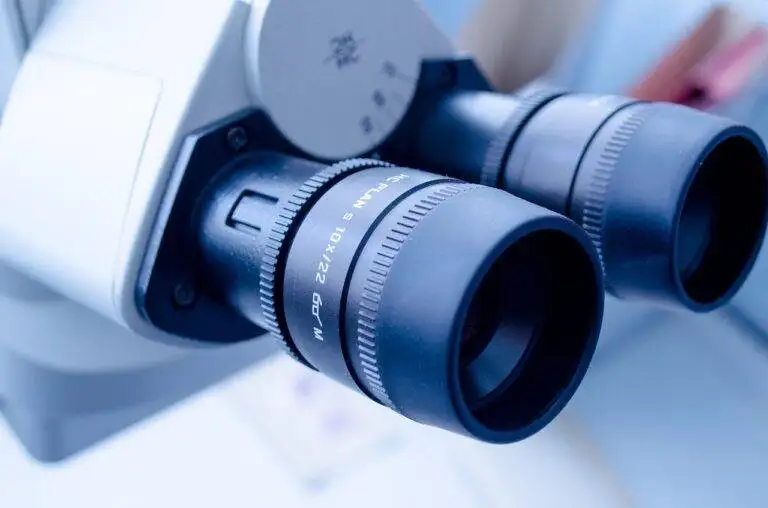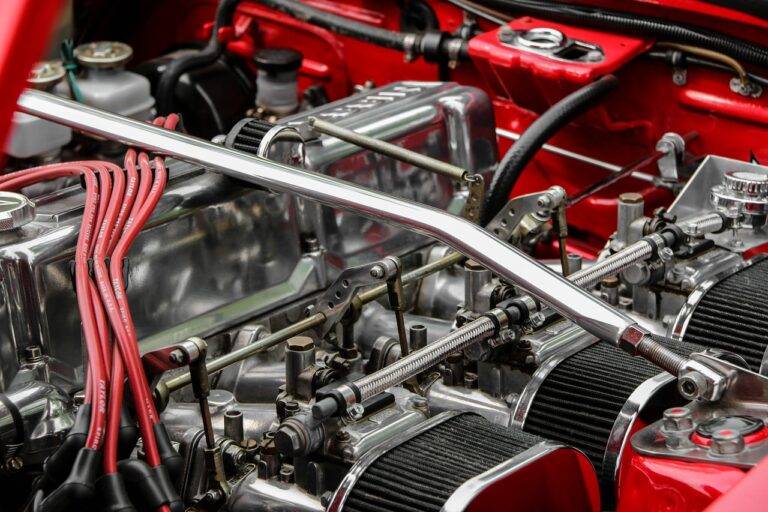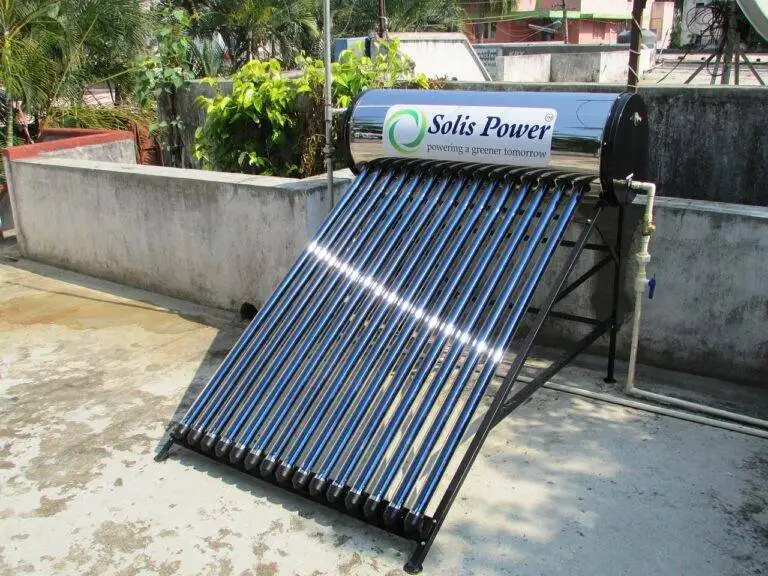Exploring the Applications of AI in Precision Agriculture
Precision agriculture has been revolutionized by the integration of AI technologies, offering farmers advanced tools to optimize their operations. AI algorithms are employed to analyze a myriad of data sources, such as satellite imagery, weather forecasts, soil samples, and historical crop yields. This data-driven approach enables farmers to make well-informed decisions regarding fertilization, irrigation, pest control, and overall crop management.
One significant application of AI in precision agriculture is the prediction of crop diseases and pests. By leveraging machine learning models, farmers can detect early signs of diseases or infestations in their crops and take prompt action to mitigate potential losses. This proactive approach not only increases crop yield but also reduces the reliance on chemical inputs, promoting sustainable farming practices.
Data Collection and Analysis
In the realm of precision agriculture, data collection stands as a pivotal pillar in driving informed decision-making processes. Through the integration of cutting-edge technologies such as drones, sensors, and GPS systems, farmers can gather a wealth of real-time data on various aspects of their fields including soil conditions, weather patterns, and crop health. This continuous stream of data enables farmers to gain valuable insights into the overall state of their agricultural operations, empowering them to make timely and data-driven decisions to optimize productivity and resource utilization.
Once the data is amassed, the next crucial step lies in the analysis phase, where advanced algorithms and machine learning techniques come into play. By harnessing the power of artificial intelligence, farmers can unravel complex patterns within the collected data, uncovering hidden correlations and trends that might have otherwise gone unnoticed. This in-depth analysis not only aids in identifying potential issues or opportunities within the agricultural ecosystem but also assists in predicting future outcomes, facilitating proactive measures to enhance crop yield and sustainability.
Crop Monitoring and Management
Crop monitoring involves the use of advanced technologies such as drones and satellite imaging to gather real-time data on crop health, growth patterns, and potential issues like pests or diseases. This data is then analyzed using AI algorithms to provide farmers with valuable insights and recommendations to optimize their cultivation practices. By constantly monitoring fields and crops, farmers can make informed decisions to maximize their yield and reduce the use of resources like water and fertilizers.
Crop management refers to the implementation of strategies based on the data collected during monitoring to enhance crop productivity and sustainability. AI is utilized to create predictive models that can forecast the optimal timing for planting, watering, and harvesting, as well as identify areas that require specific interventions. Through precision management techniques enabled by AI, farmers can tailor their actions to address the specific needs of each plant or field, ultimately leading to improved crop quality and higher yields.
• Crop monitoring involves the use of advanced technologies such as drones and satellite imaging
• Real-time data on crop health, growth patterns, and potential issues like pests or diseases is gathered
• Data is analyzed using AI algorithms to provide farmers with valuable insights and recommendations
• Farmers can make informed decisions to maximize their yield and reduce the use of resources like water and fertilizers
Crop management refers to the implementation of strategies based on the data collected during monitoring to enhance crop productivity and sustainability. AI is utilized to create predictive models that can forecast the optimal timing for planting, watering, and harvesting, as well as identify areas that require specific interventions. Through precision management techniques enabled by AI, farmers can tailor their actions to address the specific needs of each plant or field, ultimately leading to improved crop quality and higher yields.
What are some applications of AI in precision agriculture?
Some applications of AI in precision agriculture include crop monitoring, automated pest control, yield prediction, and soil analysis.
How important is data collection and analysis in crop monitoring and management?
Data collection and analysis play a crucial role in crop monitoring and management as they help farmers make informed decisions about irrigation, fertilization, and pest control.
What tools are commonly used for crop monitoring and management?
Tools such as drones, satellites, sensors, and remote monitoring systems are commonly used for crop monitoring and management.
How can crop monitoring and management benefit farmers?
Crop monitoring and management can help farmers increase their crop yields, reduce production costs, and minimize environmental impact through more efficient use of resources.
What are some challenges faced in crop monitoring and management?
Some challenges faced in crop monitoring and management include data accuracy, data integration, and the high initial cost of implementing precision agriculture technologies.





